Note: This product is not a dietary supplement. This product is for research purposes only and is not intended for consumption.
DMHA
DMHA is a substance known for its possible stimulant effect. DMHA is very similar to both DMAA and AMP Citrate. As a result, this substance is associated with a range of effects.
DMHA can also be known as:
2-Amino-6-methylheptane
2-Amino-5-methylheptane
2-Aminoisoheptane
Octodrine
1,5-Dimethylhexylamine
1,5-DMHA
DMHA information
Cas: 543-82-8
MF: C8H20ClN
Purity: ≥ 99%
Functions of DMHA
DMHA is a substance that is mainly known for its stimulant effect. Due to its similarity to DMAA, this substance is associated with a range of effects [1][2][3][4][5][6][7][8][9][10].
Where does DMHA come from ?
This stimulant occurs in nature, but is also made synthetically. In nature it occurs in the bark of the Juglans Regia tree and in the fruit of the Kigelia Africana tree.
References
- Wang, M., et al. (2018). “1,5-Dimethylhexylamine (octodrine) in sports and weight loss supplements: Natural constituent or synthetic chemical?” Journal of pharmaceutical and biomedical analysis 152: 298-305.
- Catalani, V., et al. (2018). “Octodrine: New Questions and Challenges in Sport Supplements.” Brain sciences 8(2): 34.
- Dreher, M., et al. (2018). “Boost Me: Prevalence and Reasons for the Use of Stimulant Containing Pre Workout Supplements Among Fitness Studio Visitors in Mainz (Germany).” Frontiers in psychology 9: 1134-1134.
- National Museum of American History. Eskay’s Oralator. Retrieved from: https://americanhistory.si.edu/collections/search/object/nmah_737864
- Millan, M. J. (2004). “The role of monoamines in the actions of established and “novel” antidepressant agents: a critical review.” European Journal of Pharmacology 500(1): 371-384.
- Fleckenstein, A. E., et al. (2007). “New Insights into the Mechanism of Action of Amphetamines.” Annual Review of Pharmacology and Toxicology 47(1): 681-698.
- Wise, R. A. and M. A. Bozarth (1985). “Brain mechanisms of drug reward and euphoria.” Psychiatric medicine 3(4): 445-460.
- Hutcheon, D. E. and L. McCullough (1952). “The respiratory stimulant action of octylamines.” British journal of pharmacology and chemotherapy 7(1): 42-46.
- dmaa toxicology report. Retrieved from: https://www.docdroid.net/nfY14Ox/dmaa-toxicology-report.pdf
- Cohen, P. A., et al. (2018). “Four experimental stimulants found in sports and weight loss supplements: 2-amino-6-methylheptane (octodrine), 1,4-dimethylamylamine (1,4-DMAA), 1,3-dimethylamylamine (1,3-DMAA) and 1,3-dimethylbutylamine (1,3-DMBA).” Clinical Toxicology 56(6): 421-426.
| Weight | N/A |
|---|---|
| Ingredient | DMHA (2-amino-6-methylheptane) 99% |
| Warning | This product is not a dietary supplement. This product is for research purposes only and is not intended for consumption. Keep out of reach of children. |



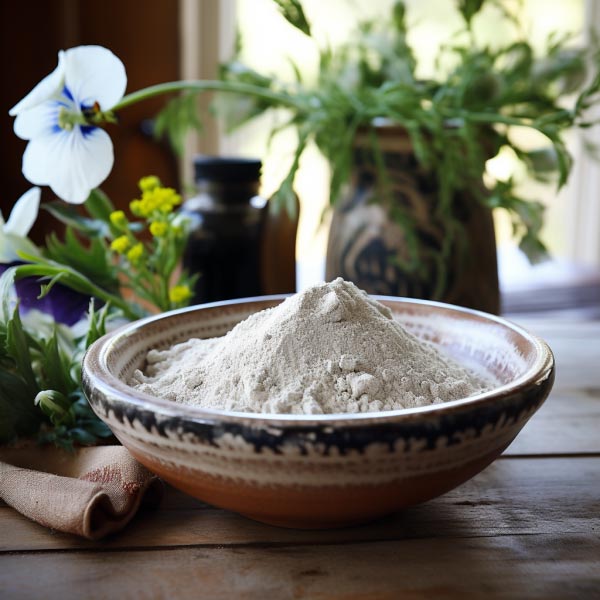
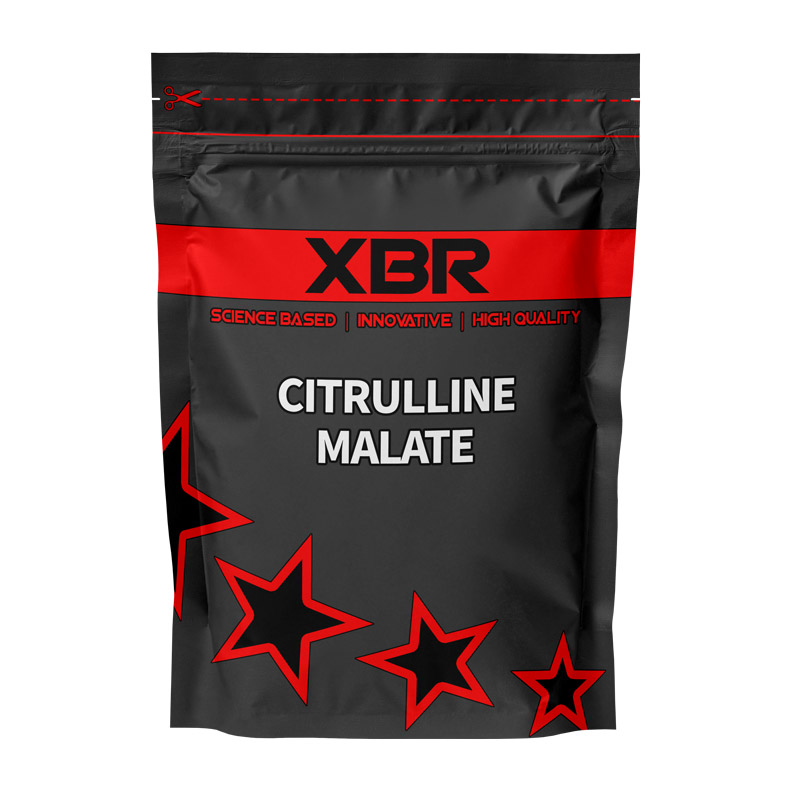
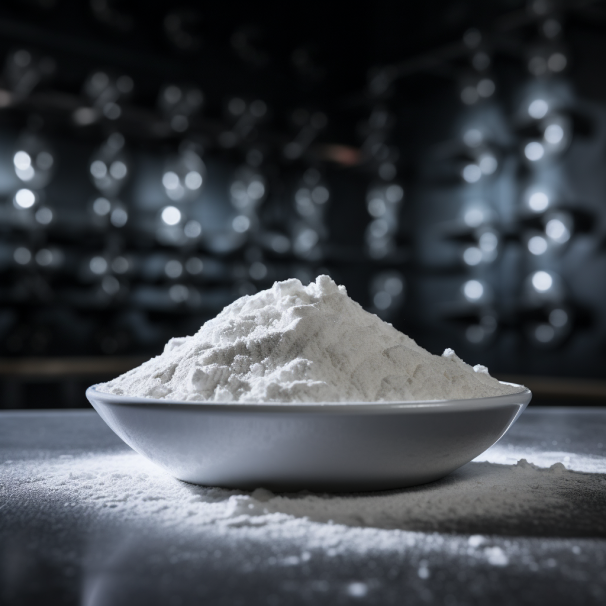

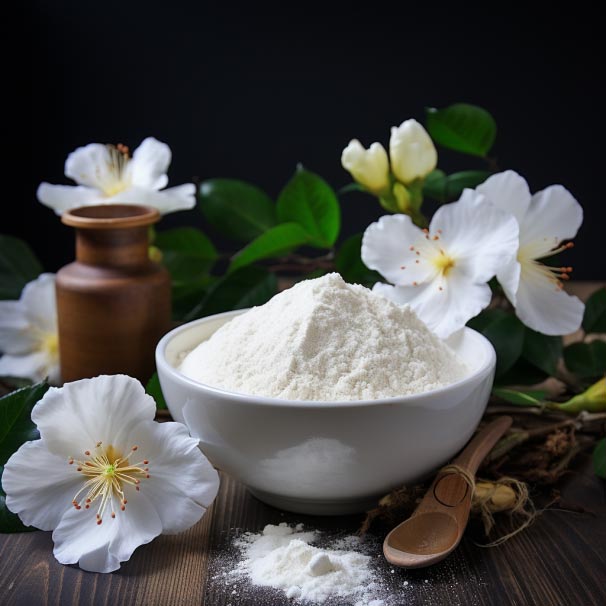


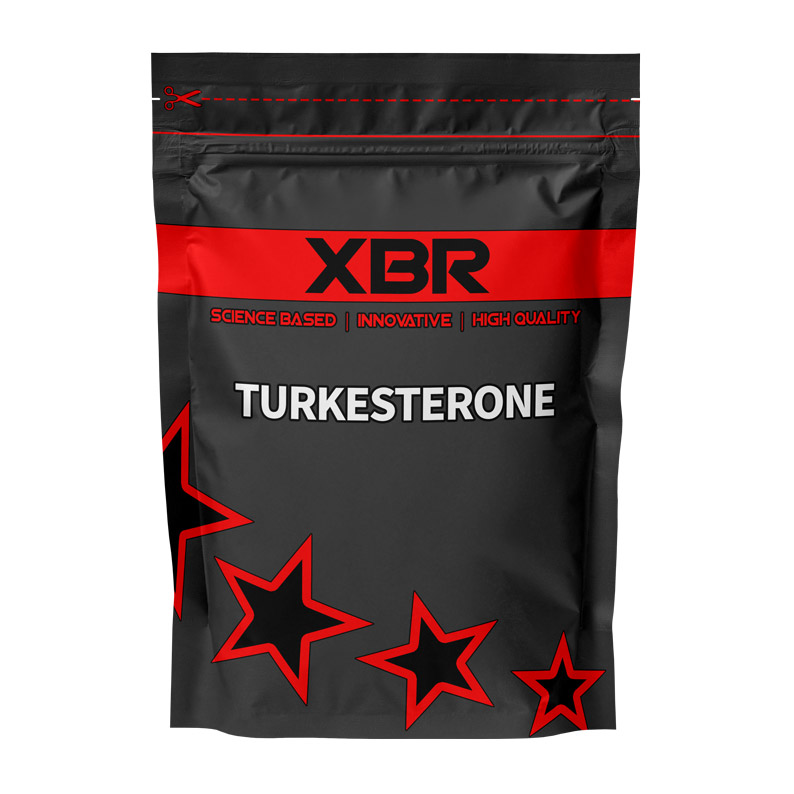
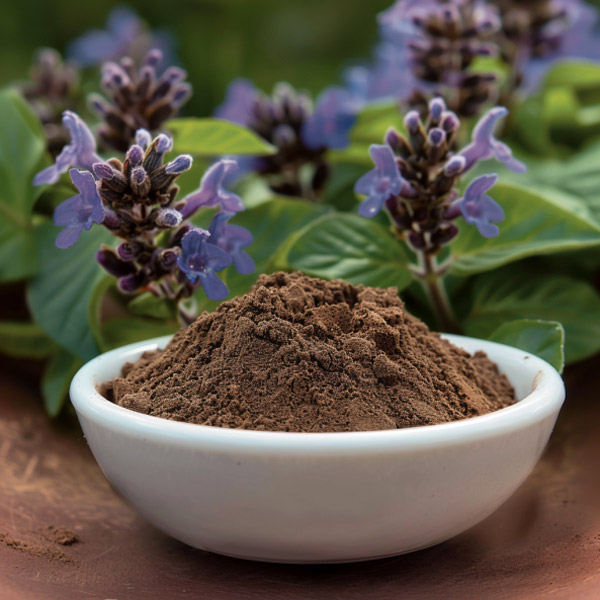
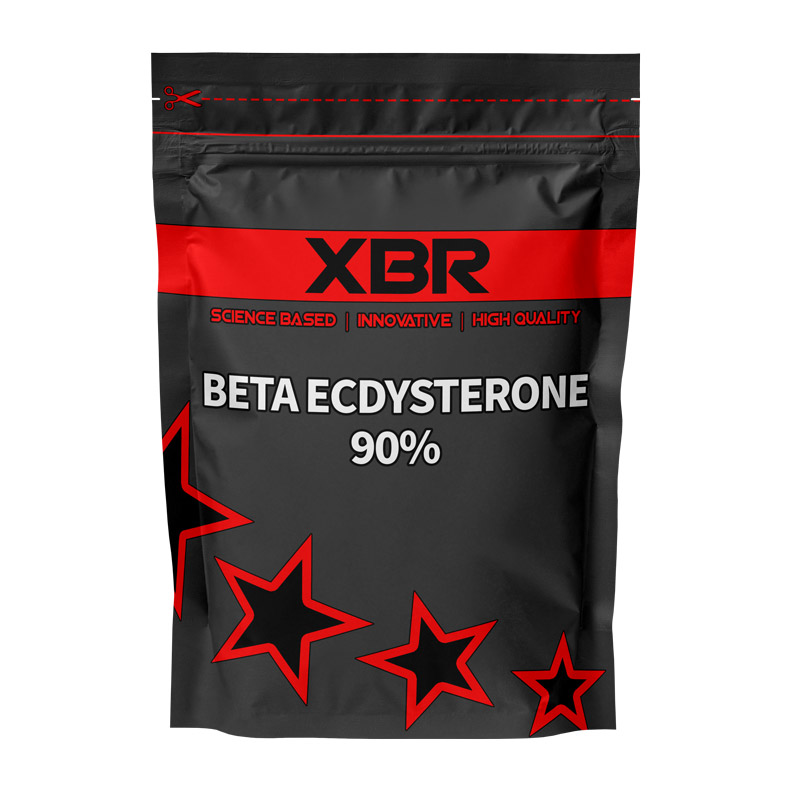
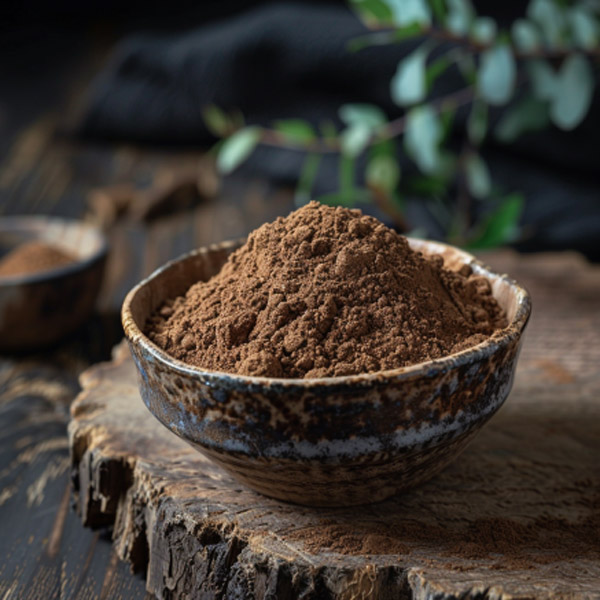


Reviews
There are no reviews yet.